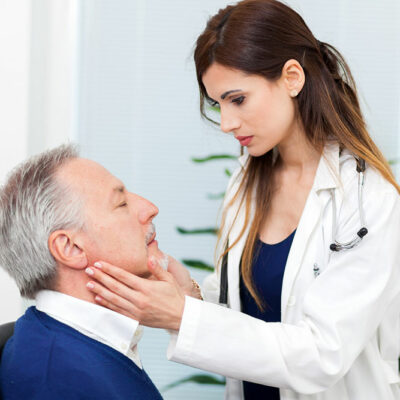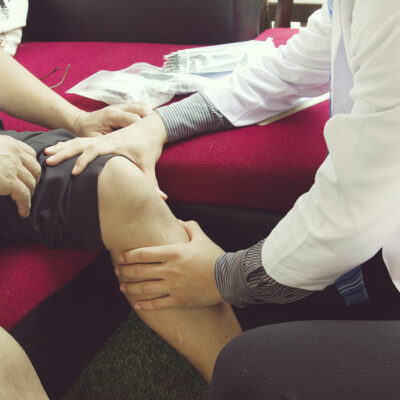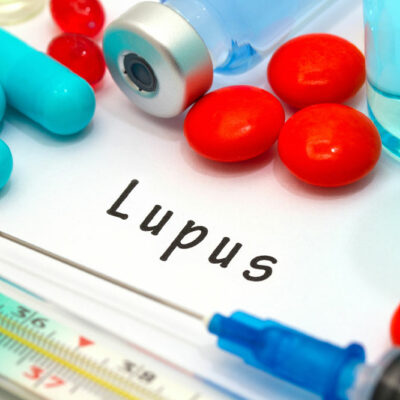
health
4 Ways to Maintain Eye Health for Contact Lens Wearers
Contact lenses offer convenience and the option to change one’s looks on a daily basis. They are also easier to handle compared to spectacles due to the latter’s tendency to get easily scratched or broken. Whichever the case, unlike spectacles, contact lenses are a lot closer to the eyes. So, one must take more precautions to maintain eye health. Thus, here are four ways in which one can protect one’s vision while wearing eye lenses. Do not use lenses continuously When one wears contact lenses, one can easily forget that they have them on. Unlike a pair of glasses that might fog up or slide down the nose, lenses don’t have any overt sign of being worn. However, it is essential to note that to maintain eye health, one must be mindful of how often one wears and changes these lenses. Never wear eye lenses if the eyes feel irritated or appear red. One must consult the ophthalmologist when one has red or sore eyes and wait till one’s eyes heal completely before putting on contact lenses again. Whether colored lenses or prescriptive, it is best not to wear them full-time because the eyes need a little break. Also, be careful about makeup around the eye as it can cause irritation or even infect the eyes when worn with lenses.




















